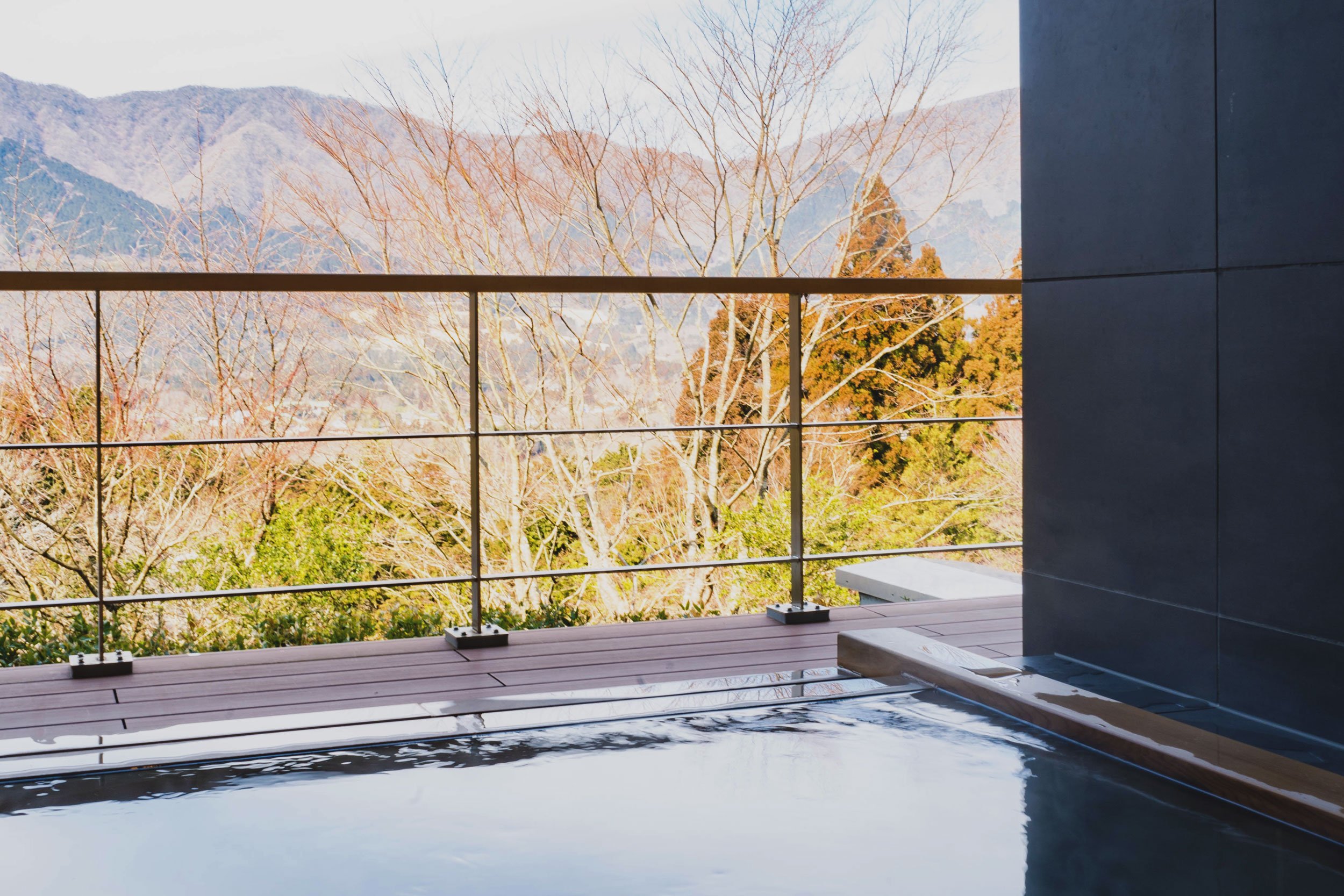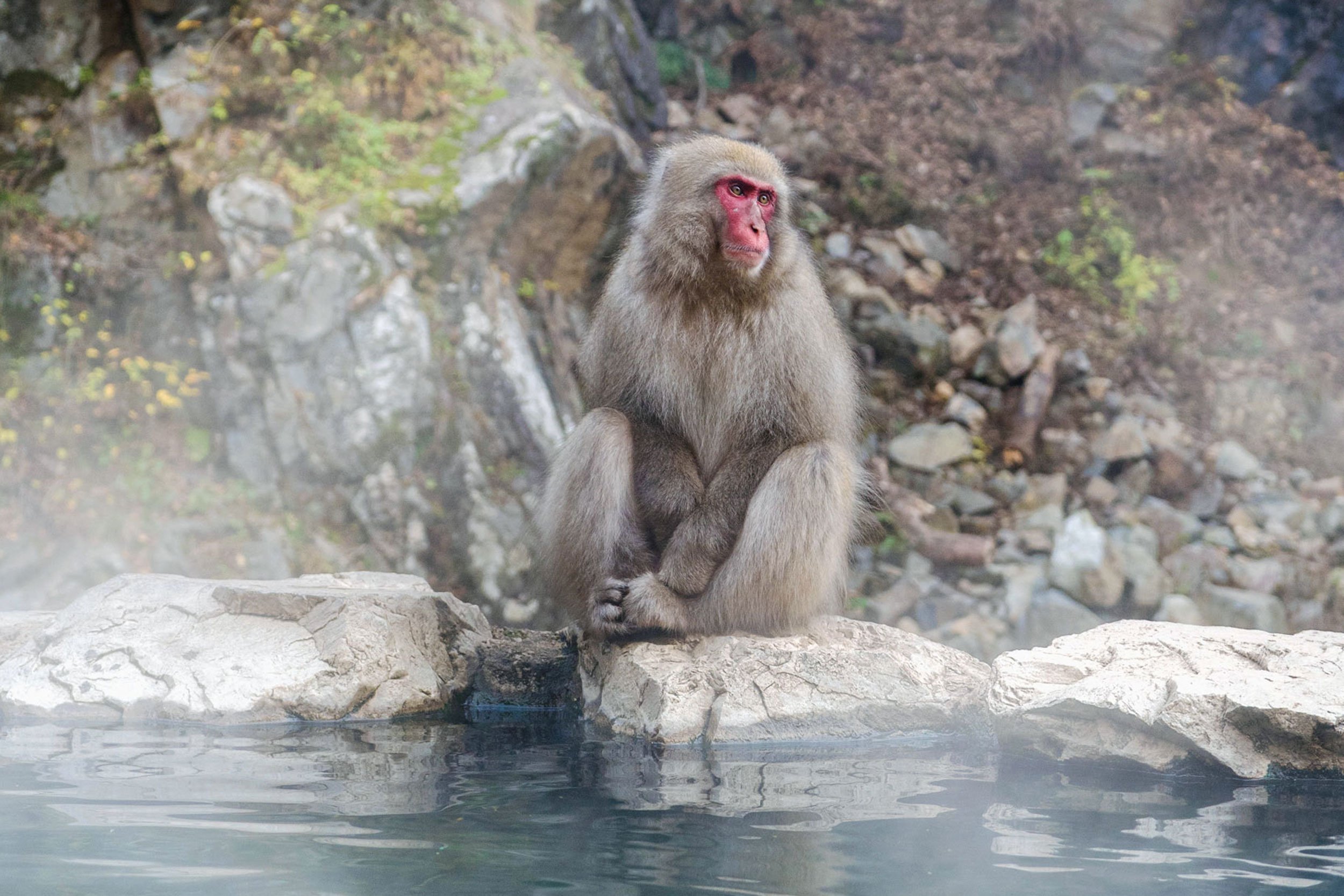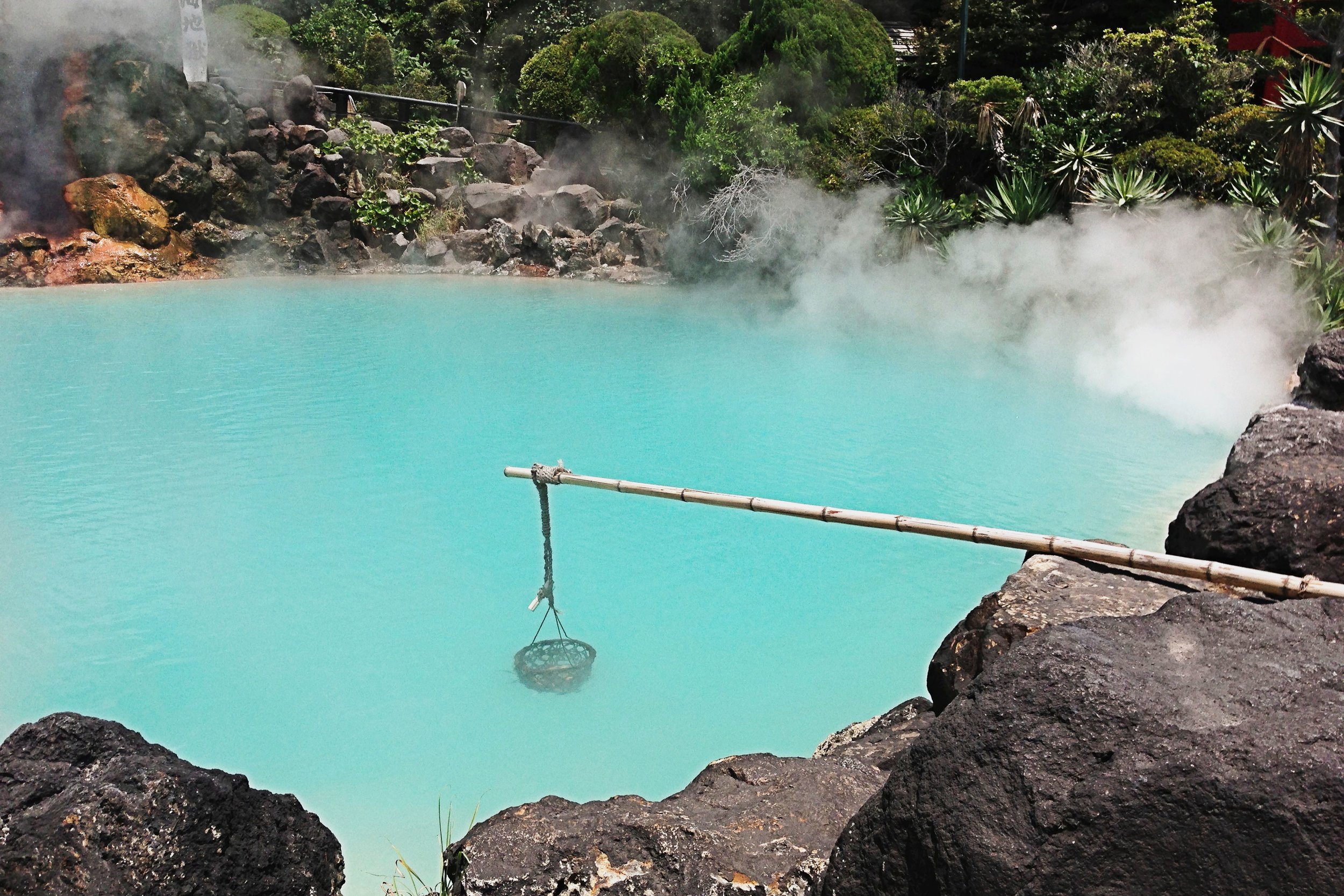Izu: Tofuya Resort & Spa
Tofuya Resort & Spa Izu is a Japanese style ryokan with a history of 400 years. Spanning 29 acres, it’s an immersive, high end getaway that guests can escape to.
Nagato Yumoto Onsen: Hoshino Resorts KAI Nagato
Deep in the mountains of Yamaguchi Prefecture, Hoshino Resorts KAI Nagato is a luxury onsen resort based on accommodations for 17th century feudal lords.
Shizuoka: Hoshino Resorts KAI Enshu
A luxury ryokan resort focused on Japanese tea. The Hoshino Resorts KAI Enshu, an amazing getaway that dives into the local specialty.
Aomori: Hoshino Resorts KAI Tsugaru
A winter escape in Aomori at the Hoshino Resorts KAI Tsugaru, an amazing boutique ryokan full of local culture.
Aomori: Hoshino Resorts Oirase Keiryu Hotel
A beautiful and relaxing winter retreat surrounded by Aomori’s nature.
Kaga Onsen: Hoshino Resorts KAI Kaga
A nice Kanazawa getaway at the Hoshino Resorts KAI Kaga, an upscale boutique ryokan that lets guest dive into local culture.
Kusatsu Onsen
Ranked as one of the top onsen areas in Japan, Kusatsu Onsen is a quaint town to relax in with only hot springs on your mind.
Hakone: Hotel de Yama
A Hakone stay at Lake Ashi with at Hotel de Yama, overlooking the Hakone Azalea Fair.
Hakone: Hoshino Resorts KAI Sengokuhara
A peaceful Hakone getaway at the Hoshino Resorts KAI Sengokuhara, a luxurious boutique ryokan with private onsen hot spings.
Yudanaka: Snow Monkeys and Onsen
Snow monkeys and onsen hot springs in an old Japanese town in the mountains.
Nikko: Hoshino Resorts KAI Kinugawa
A great night in Nikko at Hoshino Resorts KAI Kinugawa.
Shimoda: A Presidential Onsen Getaway At Seiryuso
This upscale onsen resort getaway was fitting enough for a US President.















